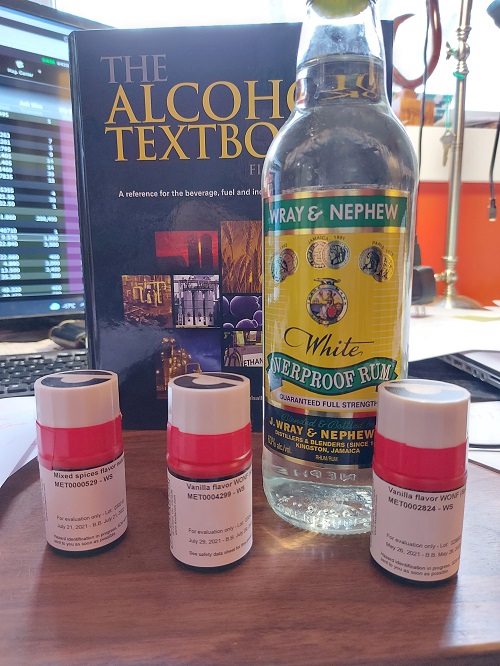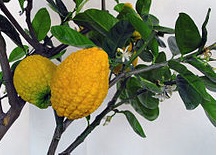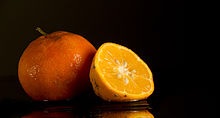During a recent craft distillery start-up in southern B.C., I had one of those ah-hah! moments. I realized that events in our atmosphere can negatively affect distillers (and brewer’s too).
At issue is forest fires. Each summer, B.C. is over-run with forest fires that release massive amounts of smoke into the atmosphere. The smoke makes its way into the troposphere portion of our atmosphere. The layer of smoke reduces the amount of solar energy that passes towards the ground.
Plants, such as cereal grains, grow by way of a process called photosynthesis. The leaf structure on a cereal grain plant absorbs CO2 and the plant structure takes up moisture through its root system.
Sunlight hits the leaf structure and the photons of solar energy make their way into the thylakoid layer of the leaf. The H2O moisture is oxidized (loses electrons) into O2. The CO2 is reduced (gains electrons) and becomes glucose (C6H12O6). The glucose units link together to form chains of starch which comes to reside in the endosperm cell structure of the kernels of grain.
A distiller will expose these grains to heat and to proteolytic enzymes to break the starch into smaller glucosyl residues. Yeast will assimilate these residues and generate alcohol type molecules.
But, what if the amount of sunlight impacting the plant is reduced?
If it is, the photosynthesis process will be compromised and the amount of starch in the grain kernel will be reduced. A distiller trying to use these grains will experience a reduced amount of alcohol yield.
If the distiller is required by law to use B.C. grown grains (as B.C. craft distillers are….) the economics of the distillery operation will be challenged. About the only alternative will be to incorporate some more expensive malted grain into the recipe mix. Malted grain in B.C. comes from the Rahr Malting/BSG facility in Armstrong, B.C. This facility sources much of its grain from neighboring Alberta, but because the grain is malted in B.C. the liquor authorities regard it as being of B.C. origin. This raises another issue – 2021 was a dismal year for grain growers in Alberta thanks to drought and hail. There is a shortage of malted grains. Commodity shortages invariably lead to price increases. Add to this argument the grain price increases that have come about because of the Ukraine situation and one can easily see more expensive craft beer and more expensive craft spirits on the horizon.
Sunlight is something we take for granted. But our climate is changing. Annual moisture accumulations are not what they used to be. Smoke from resulting fires is affecting the amount of sunlight reaching the ground, This is creating a clear and present obstacle to the ability of cereal grain plants in B.C. to generate adequate amounts of starch. Wow! Who would have ever thought that such a situation would develop?






